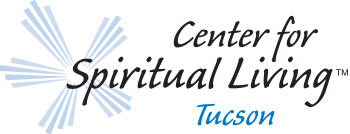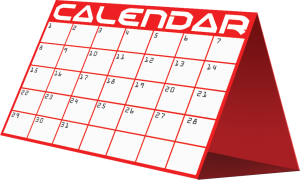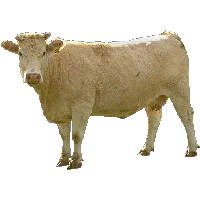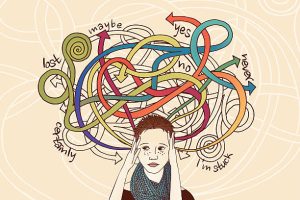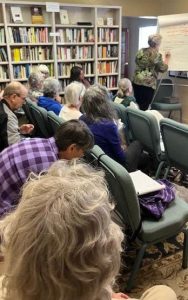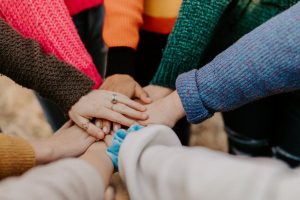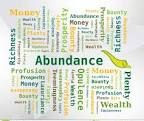Easter Eggs
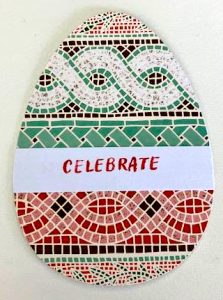 How did we come to decorate and share eggs in celebration of Easter?
How did we come to decorate and share eggs in celebration of Easter?
In pre-Christian days, eggs were associated with many different springtime rites. The ancient Egyptians, Persians, Phoenicians, and Hindus all believed the world began with an enormous egg, thus the egg as a symbol of new life has been around for eons. The particulars may vary, but most cultures around the world use the egg as a symbol of new life and rebirth.
An egg and its ability to transform from lifeless to life became synonymous with the rebirth brought about by Christ’s resurrection. Only after the stone (or shell) was removed, he was able to be reborn. The breaking of the egg and the empty shell serves as a reminder of the empty tomb, signifying the victory of life over death.
The practice of painting eggs goes back to ancient times when decorated shells were part of the rituals of spring. There is record of the tradition of dyeing eggs in the Trypillian culture of Central Europe dating back at least 2,500 years. The ancient Persians, or Zoroastrians, painted eggs for Nowruz, the Persian New Year, which began on the spring equinox. In pre-Christian Slavic countries, the practice of pysanky, or writing on eggs, was widespread. One of the earliest occurrences of dyed eggs in British history goes back to 1290, when King Edward I ordered 450 eggs to be colored and decorated with gold leaf to give to royal relatives during the spring season. It is believed that the first Christians to adopt this tradition were from Mesopotamia, and they colored their eggs red, in memory of the blood of Christ. The Christian Church officially adopted the custom, regarding the eggs as a symbol of the resurrection of Jesus, with the Roman Ritual, the first edition of which was published in 1610.
Early churches had their congregations abstain from eating eggs during Lent, so by Easter there was an abundance of eggs as the hens didn’t stop laying them. In anticipation, eggs would be hard-boiled, colored and adorned to be eaten in celebration on Easter Sunday morning. Decorating eggs also had a practical side to it since the coloring of the eggs served as a way to extend their shelf life.
On the LTW lobby counter you will find paper eggs I’ve prepared with a special word of reflection for your Eastertide, or Paschaltide, commencing on Easter morning. Please take one. Meanwhile, enjoy these images of decorated Easter eggs from around the world:
–Janet Salese
